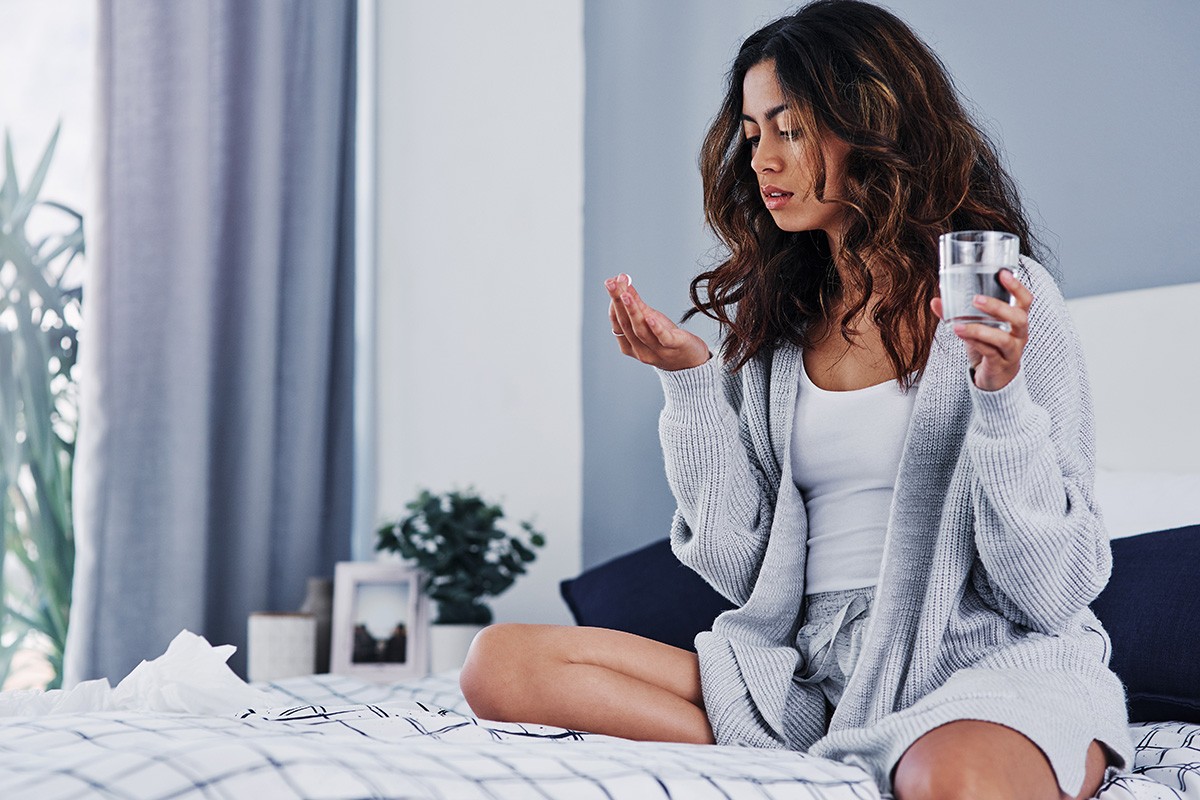Can Antibiotics Cause Yeast Infections? Understanding the Link and How to Prevent It
In short, unfortunately yes, taking antibiotics can cause you to get a yeast infection. You have a 10-30% chance of getting a yeast infection after a course of antibiotics.
Vaginal Yeast Infections and Antibiotics
Antibiotics are prescribed for bacterial infections. They don’t just kill off the bad bacteria you’re taking them for, however; they also kill off neutral and beneficial bacteria. This can include the bacteria in the vagina that help keep yeast levels in balance.
Vaginal yeast infections
A vaginal yeast infection is a fungal infection that can happen if a naturally occurring yeast or fungus – usually “candida albicans” – begins to multiply out of control. A healthy vagina will contain a great variety of microorganisms like bacteria, yeast and fungi, including candida, existing in a state of balance or equilibrium. It’s when this equilibrium becomes unbalanced that problems may occur.
Vaginal yeast infections are uncomfortable, often causing intense irritation and itching of the vagina and vulva (the outer part of your genitalia, surrounding the vagina). Luckily, they are usually easily treated.
How antibiotics work
Antibiotics are medicines that treat infections and diseases caused by bacteria, either by killing the bacteria or preventing/slowing their spread. They do this by:
- Disrupting bacteria’s reproduction
- Attacking bacteria’s cell walls
- Preventing bacteria from producing protein, which they need to survive
Why antibiotics sometimes cause yeast infections
Broad-spectrum antibiotics are very powerful medicines. They can destroy a huge proportion of the bacteria in the body, and unfortunately, they do so indiscriminately. This means that beneficial bacteria (sometimes called “good” or even “friendly” bacteria) may well be killed off along with the so-called “bad” bacteria that is making you ill.
In addition to needing to maintain the balance of microorganisms for good vaginal health, certain bacteria within the vagina have properties that help to keep fungus and yeast growth down. Notably, lactobacillus keeps the environment within the vagina slightly acidic, which makes it a less welcoming environment for yeast.
Along with other bacteria, lactobacillus can be wiped out by antibiotics – the vagina then becomes less acidic and yeast can thrive and multiply, leading to a yeast infection.


Do you have a yeast infection?
Answer a few questions and find out what your symptoms mean.
How Can I Avoid Getting a Yeast Infection While Taking Antibiotics?
If you need antibiotics, you’re likely already dealing with an illness. The last thing you want is to add the discomfort of a yeast infection to your woes!
Luckily, there are a few things you can do to help prevent a yeast infection while you take antibiotics or to treat it if you do get one.
Only take antibiotics if absolutely necessary
It’s important to not overuse antibiotics, especially if you’re prone to yeast infections. For minor infections, antibiotics will usually speed up healing time by just a day or so. You can ask your doctor if there are any other options available when antibiotics are recommended.
Of course, if antibiotics are what your doctor prescribes, you should always take them as directed and be sure to complete the full course, even if you feel better sooner.
Speak to your family doctor or gynecologist
If you get yeast infections quite often or you’ve previously developed one while taking antibiotics, it’s a good idea to let your doctor know. They will be able to advise you on the best way to reduce the chances of a yeast imbalance when you take your treatment.
Take extra care
You may also want to take extra care of your vulva and vaginal area while you’re on your course of antibiotics, especially if you are prone to yeast infections. Make sure to wear loose clothing on your lower half whenever possible, choosing breathable underwear ideally made from cotton or bamboo. It’s also best to avoid hot tubs and very warm baths, as yeast loves warm, moist environments. And if you go swimming or exercise, it’s best to change your clothes as soon as you can once you’re finished.
You should also always choose a gentle, PH-neutral formula when you wash your vagina and vulva. You could try Monistat Maintain Feminine Cleanser, which is gynecologist tested and formulated to protect sensitive skin, while also cleansing away discharge and odor.
Try a probiotic
You can replenish some of the beneficial bacteria that antibiotics destroy by taking a probiotic supplement. There are many available, but most are not regulated by the FDA as a drug would be, regarding safety or effectiveness. They are considered a dietary supplement or food ingredient, so the FDA requirements are less strict. Ask your doctor or nutritionist which ones might be best for you. To narrow your options, the most important thing is to make sure the probiotic contains live active cultures, including lactobacillus.
Consider trying an antifungal treatment
An antifungal treatment will help stop yeast infections if one arises while you’re taking your antibiotics. Like the bacteria in your vagina, antifungals can prevent yeast from multiplying out of control and restore your natural balance.
If you are experiencing unusual vaginal discharge while taking antibiotics (or at any other time) and you’re concerned you may have a yeast infection, you can use our Symptom Checker as a first step to find out.
